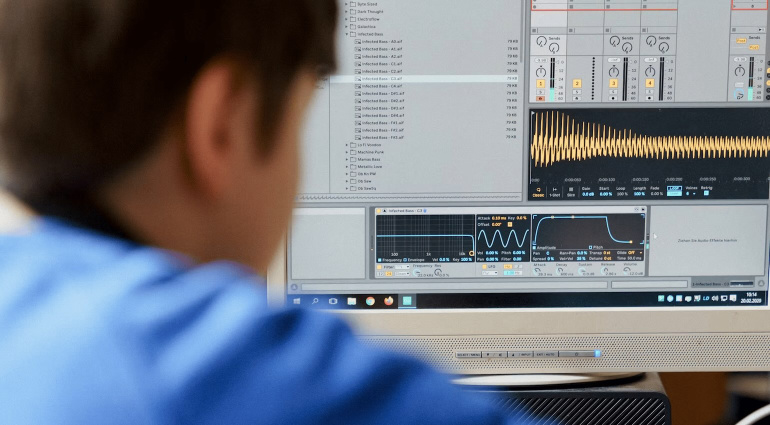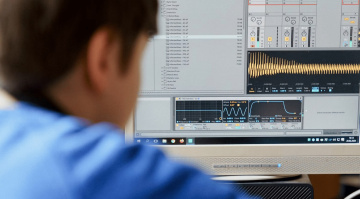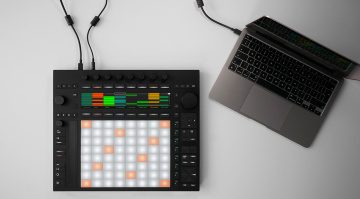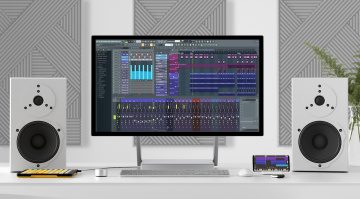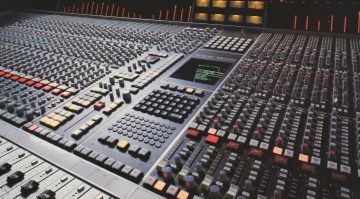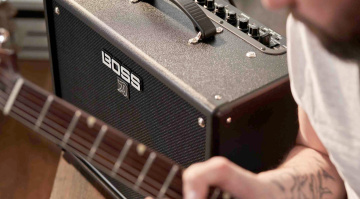Music Production for Beginners: How To Get Started
Start your music production journey with some useful tips.
This guide to music production for beginners will help familiarise you with the various stages of the creation process from idea to finished article.
In this Article:
When you’re just starting out, the music production can seem rather obscure. With a world of endless software, studio gear, and musical instruments to navigate, how does one find the time to understand it all? Well, the truth is, you really don’t need much equipment to learning about music production.
Music Production for Beginners
A basic laptop with an entry-level DAW version like Ableton Live Intro and a pair of headphones provides the perfect platform for starting your journey. From here, you can add to this and build your studio around you as your skills develop and you follow your interests in a particular direction, such as Hip-Hop beatmaking, electronic music, or motion picture scoring.
Music Production for Beginners: What Goes Into The Process?
From idea to end product, the music production process can be broken down into different phases, so we can develop a better understanding. While some aspects may be more creative and fun than others, it’s important to see each step as a crucial link in the chain. This is why in pop music, we often see many specialized professionals involved in the production of a single song.
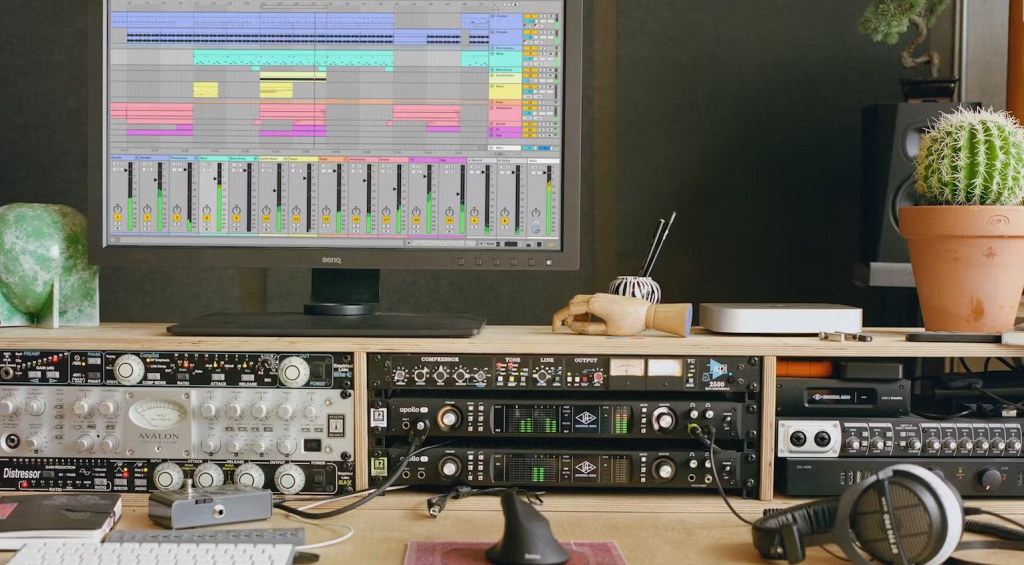
Besides the performing artist, a major label project with a big budget may include one or several songwriters, a beat producer, a recording engineer, a mix engineer, a mastering engineer, and an executive producer who oversees and quality controls the entire process. Although most of us won’t ever make music in this way, it illustrates the importance of getting each part right.
Because music production is heavily reliant on technology, it’s also essential to learn how to use it to your advantage. While you don’t need to rent a pro studio filled with loads of expensive equipment, it will be helpful if you understand how a recording studio works. Today, most aspects of the music production process are done within DAW software, but a real-world representation shows us why.
Music Production for Beginners: It All Starts With an Idea
You can read all the DAW manuals and learn watch every tutorial video on YouTube, but without a solid musical idea, it’s still hard to know where to start. Every musician has a slightly different process, but our goals are all the same – to make music. There is no right or wrong way to start a song, but this can turn into a dilemma if you’re doing it for the first time.
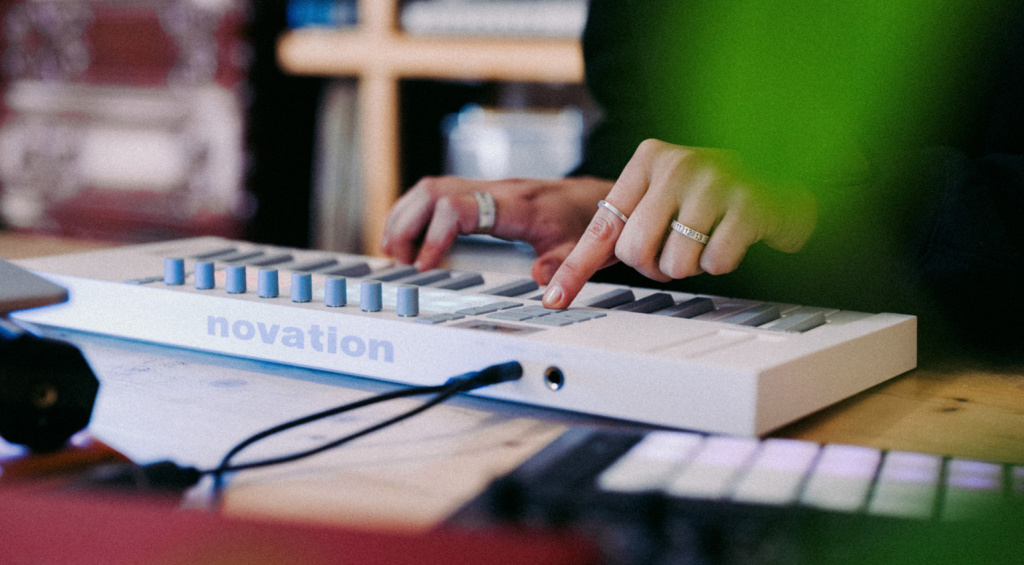
If you have any experience with musical instruments, you can start by recording the one you’re most comfortable with. However, if you have some keyboard playing skills (and even if you don’t), a basic MIDI controller keyboard provides you with a tactile instrument to interact with your DAW software, and it will help you learn about scales and chords.
Alternatively, if you’ve never played a musical instrument, the most direct route into music production is through learning to program a drum beat. In most DAWs, you can start by setting the playback of the timeline to loop, opening a drum sampler or drum machine plugin, and populating a MIDI clip with notes to trigger the drum hits.
Music Production for Beginners: Basic Sequencing
Of course, programming MIDI notes or recording them in with a MIDI controller aren’t the only ways to create drum and instrument loops. You can also dive into the stock sound library included with most DAWs and find prerecorded loops and one-shots. From here, you edit the loops and build your arrangement on audio tracks, the same way you would with MIDI, although MIDI does provide a little more flexibility in most DAWs.
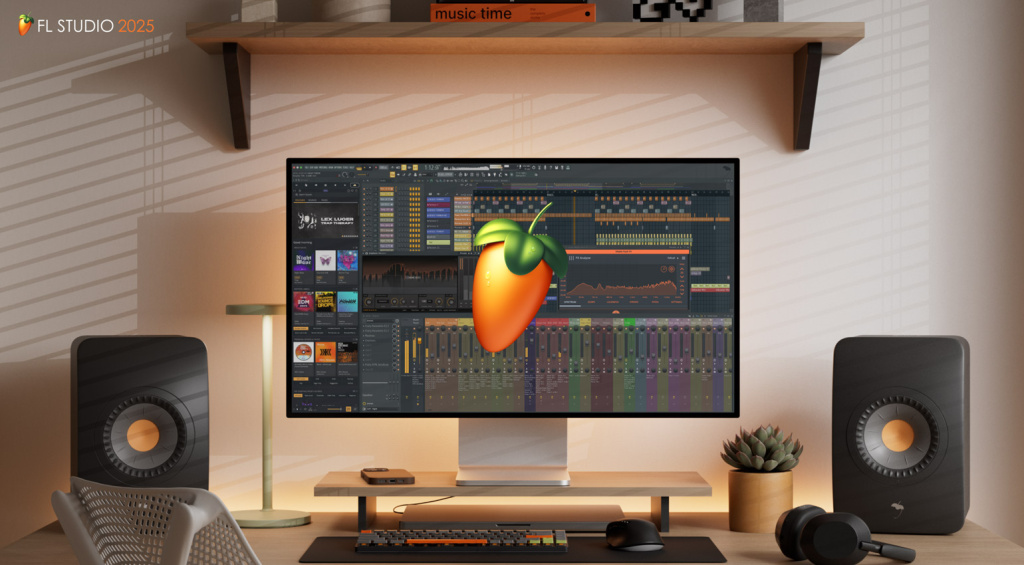
Once you’ve programmed your first drum sequence, you can move on to the bassline. Again, we are presented with the choice of either using a software instrument like a synthesizer or sampler, or using loops from the library. Find out which one you like most, and notice how a bassline is created using a monophonic instrument that only plays one note at a time.
With the drums and bass up and running, we can move on to the next instrument to create a chord progression. For this, we will need a polyphonic instrument, so we can play chords, or you can also use a sample of a chord, and then simply pitch it up or down with a chromatic sampler. To build your first chord, start with the most prominent note in your bassline and add two notes four and seven semitones above it to build a major triad, and drop the note in the middle by one semitone for a minor triad.
Music Production for Beginners: Arrangement
So you’ve created a basic 4-bar loop with drums, a bassline, and some chords. The construction can actually be done in any order, so that once you know your way around your DAW a little, you can layer the sounds fluidly as the ideas come to you. Our next step is to turn this sequence into a full arrangement by building each part of the song on our timeline.
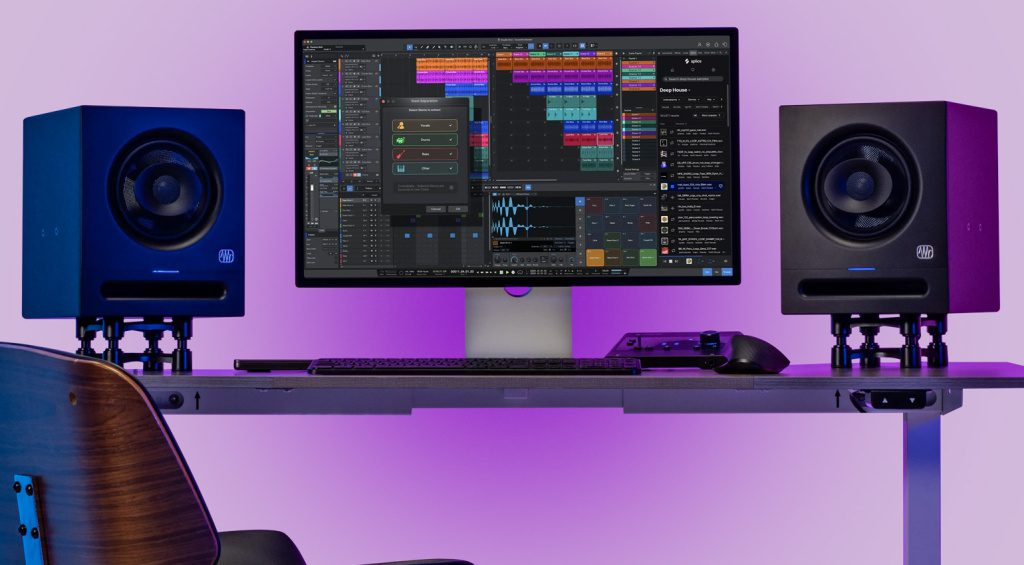
If you’re doing this for the first time, try using an existing song with a similar style and tempo to yours and dropping it onto an audio track. Solo the track, and as you listen, you can create markers in your DAW to map out the song’s structure. Also, pay close attention to the selection of instruments playing in each section and how this changes to create what we call arrangement dynamics.
Some music styles have very obvious dynamics, like in pop music, whereas some styles of minimalist techno will leave you wondering if you just listened to the same four bars for eight minutes. As you become more confident, you’ll develop your own style of arrangement that sets your music apart from other artists in the genre. However, until then, this method provides a useful template to familiarise yourself with the arrangement process.
Music Production for Beginners: Mixing and Mastering
Because we aren’t recording a group live of musicians, the majority of modern music is partly mixed during the creation and arrangement process. However, it’s important to note that mixing, like mastering, is an entirely separate part of music production that uses a specialized set of creative skills.

When you start the mixing process, you take a step back from the canvas. This allows you to can make decisions that affect and shape the song’s sound as a whole. It does require a level of objectivity, or you can get caught up and dive back into the song’s notation and arrangement. Always remember that no matter how technical you get with mixing, your focus should be on the flow of emotion being conveyed in the song, and this is usually centered around the vocals.
Some producers like to work with a limiter on the main stereo bus of the DAW, as this prevents clipping and you get an idea of what your track will sound like when mastered, from a levels perspective. When mastering, we are dealing with a single stereo audio file, rather than separate stems, so we can use compression, EQ, and saturation to add the finishing touches that bring the song to a commercial standard sonically.
More about Music Production for Beginners:
*Note: This article contains affiliate links that help us fund our site. Don’t worry: the price for you always stays the same! If you buy something through these links, we will receive a small commission. Thank you for your support!


 4,6 / 5,0 |
4,6 / 5,0 | 